How do you get rid of mold in a bathroom?
There are mold stains on the ceiling of my bathroom, spots about 1 cm in diameter each). I would like to know which non-toxic product I can use to remove them. There is no fan in the bathroom and no window. There is a skylight that is not waterproof and it is very humid in summer. Will a dehumidifier help?


















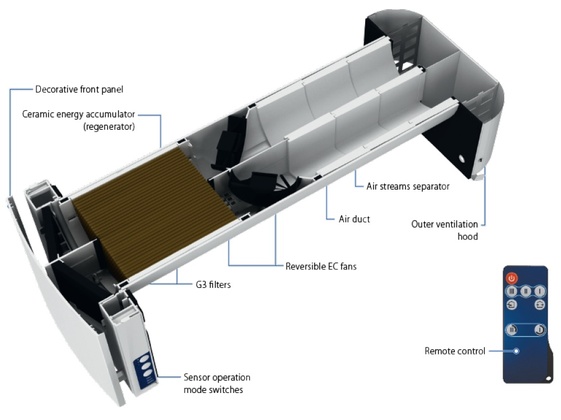




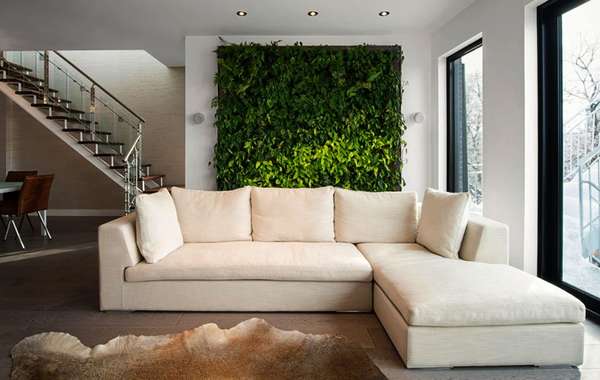
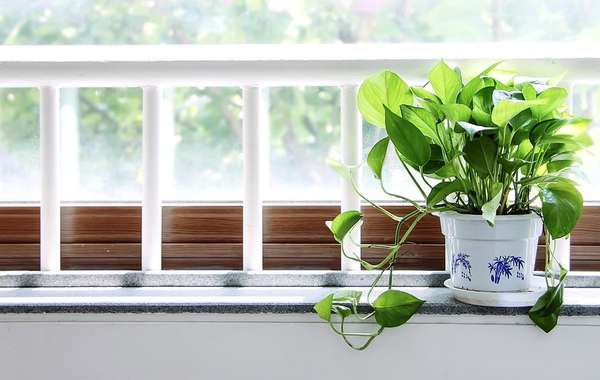
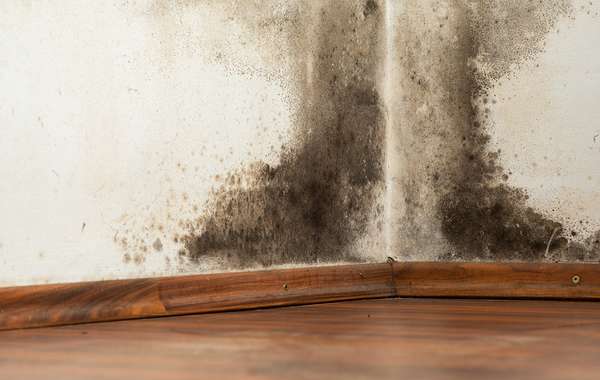
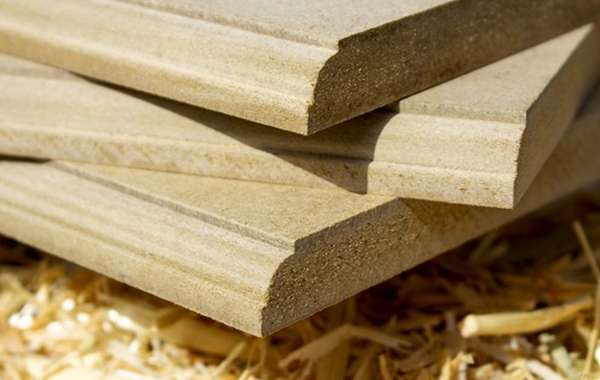


The first thing to realize is that mold grows in humid environments. So along with getting rid of it, you should take steps to prevent it from happening again in the future. You have a combination of factors at play here that may be contributing – lack of a bathroom fan or a window you can open means humidity will be around longer, and the bathroom will perhaps not have enough time to dry out before the next shower makes it humid again.
So, installing a bathroom fan installed should be a top priority. It’s still possible that you have a leak of some sort that is causing the mold, but the smart money would lay odds on the lack of a fan, so deal with a fan first and then see if there is a problem. Skylights are problematic for condensation at the best of times, that is made even worse by being in an unventilated bathroom.
Whether that is causing the mold on the ceiling is tough to determine, is it a slopped ceiling? Could condensation from the skylight be running down and across the ceiling? Again, a bathroom fan will help with that as well. How to clean mold: According to CMHC (Canada Mortgage and Housing Corporation): as a guideline they consider an area of one square meter or less affected by mold as a ‘small area’. An ‘average area’ is equal to or less than three square meters. Beyond these dimensions they would consider to be a ‘large affected area’ and it is not recommended to clean a large area yourself due to the health risks are too great. You can contact the CMHC for a list of qualified professionals.
How to clean mold in small areas: Whenever you set out to clean mold and mildew, first wear gloves, a respirator mask and safety glasses. We would not recommend using toxic or very strong cleaning products like bleach. For drywall (gypsum board) it is recommended to use a damp cloth and baking soda or some unscented detergent. Rub the surface with the detergent solution, rinse with a clean damp cloth, and dry the surface. Avoid over-wetting the drywall during cleaning. Before and after, vacuum on and around the surface with an appliance equipped with a high efficiency filter (HEPA). Medium sized area of mold: Something this size can be done in much the same way as for a small area, but it is better to create a separate work area from the rest of the house by sealing it off with plastic sheets attached to the walls and ceiling.
Humidity and Ventilation In the absence of a bathroom fan, you should reduce the humidity in the room as much as possible by removing any carpets that could hold moisture in the room, and by drying the walls and base of the shower afterwards with a squeegee. Leaving towels to dry in another room would also help. Don’t leave standing water in the tub, and keep the toilet lid down to reduce evaporation. If you wanted to invest in a HRV unit but retrofitting ductwork looks too complicated, then consider a ductless HRV unit instead, see here for details. There's also a video on how easy these ductless retrofit HRV units are to install in an outside wall.
In the absence of a bathroom fan, at least having a dehumidifier (in the bathroom if possible) would help reduce relative humidity, relative humidity levels (RH) should not exceed 50%.